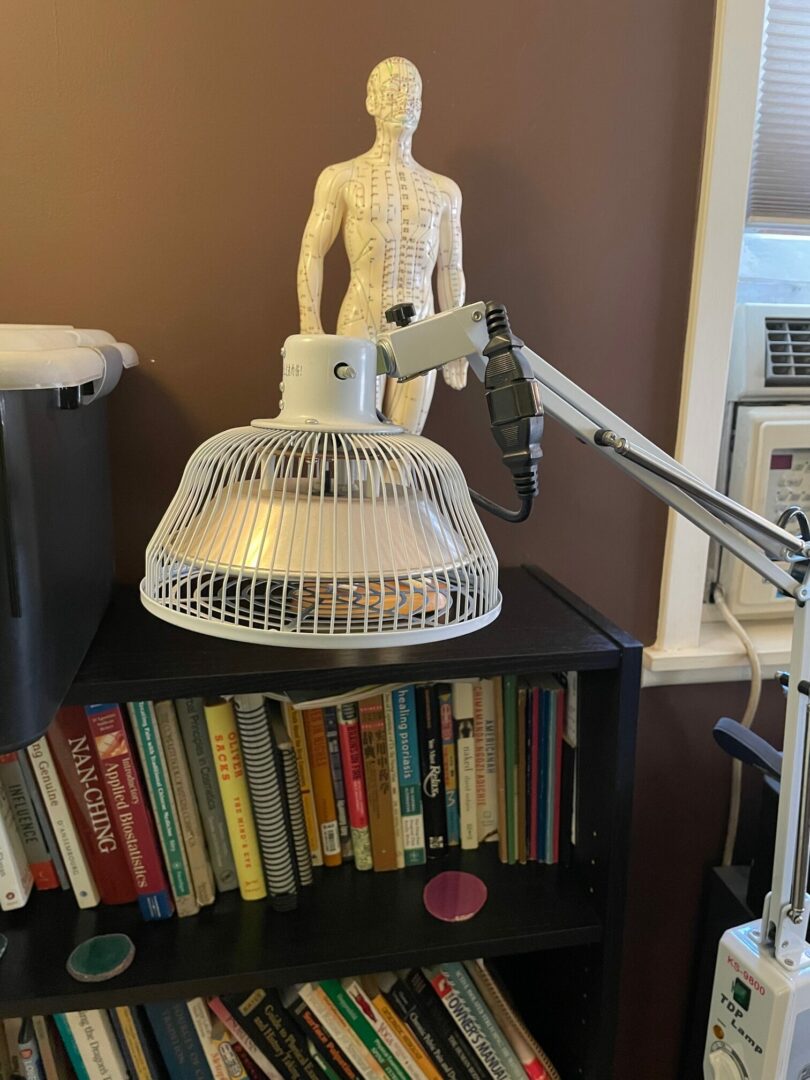Acupuncture and Endometriosis
Acupuncture For Endometriosis
Acupuncture is an effective natural treatment for endometriosis, a chronic condition that affects millions of women worldwide, causing pain, discomfort, and significant disruptions to daily life.
As a doctor of acupuncture, I have helped many patients with endometriosis reduce pain as well as cut down on medications and avoid invasive procedures. Acupuncture brings the body back to a state of balance providing pain relief and overall improving wellness. Recent studies have shown that acupuncture is effective in reducing pain and discomfort from endometriosis.
In this article, I will tell you how acupuncture works to manage pain and discomfort associated with endometriosis, offer insights into its effectiveness, what patients can expect during treatment, and how it integrates with conventional medical approaches.

Understanding Endometriosis
Endometriosis is a chronic painful condition where tissue, known as the endometrium, that is similar to the lining inside the uterus, starts to grow outside the uterus. This can occur on the ovaries, fallopian tubes, and the tissue lining the pelvis, among other areas. Unlike the uterine endometrium that is shed during the menstrual cycle, this tissue remains trapped in the body. This entrapment can cause inflammatory responses, the development of scar tissue, and adhesions, leading to significant discomfort and possible complications with fertility.
Common Symptoms of Endometriosis:
Dysmenorrhea: Painful periods that may worsen over time, characterized by cramping and pelvic pain.
Chronic pelvic pain: A persistent pain in the pelvic region, not only associated with menstrual periods.
Dyspareunia: Pain during or after sexual intercourse.
Infertility: Endometriosis is a common cause of infertility
Impact on Quality of Life: The impact of endometriosis on a woman’s quality of life can be profound. It can affect physical activities, social interactions, relationships, and professional life, leading to stress, anxiety, and depression.

Acupuncture and Endometriosis
When imbalances in the body occur, we get sick and feel unwell. Acupuncture works by bringing the body back to balance allowing the self healing process to take place. When it comes to endometriosis, the most common imbalances are qi and blood stagnation as well as stagnation of cold. Acupuncture treatment will move the stagnation and warm the cold which is causing pain.
Acupuncture is believed to influence the body’s physiological functions in multiple ways:
Pain Relief: It stimulates the release of endorphins, which are natural pain-relieving chemicals in the body. Additionally, acupuncture can block the transmission of pain signals to the brain through neural inhibition.
Reduction of Inflammation: Acupuncture is thought to reduce pro-inflammatory markers in the body, which can help decrease swelling and pain associated with endometrial lesions.
Hormonal Regulation: Although more research is needed, some studies suggest that acupuncture can help regulate hormonal imbalances that exacerbate endometriosis symptoms, potentially influencing levels of estrogen and other relevant hormones.
Acupuncture is not only about addressing physical symptoms. As a holistic therapy, it aims to balance mind and body, which may lead to improved fertility, better digestion, and reduced stress.
Clinical Evidence
Several clinical studies have shown acupuncture to significantly reduce pain intensity. A recent random controlled trial showed acupuncture to be effective in reducing pelvic pain and menstrual cramps in those suffering from endometriosis.
Acupuncture Techniques for Endometriosis
The treatment of endometriosis with acupuncture may involve a combination of the following techniques, tailored to the individual’s symptoms and overall health:
Local Points: Needling areas directly affected by pain, such as the abdomen or lower back.
Distal Points: Targeting points on the extremities or other parts of the body that correspond to the pelvic area according to locations of the meridians.
Electroacupuncture: Applying small electrical impulses to the needles to enhance pain relief.
Infrared Heat Lamp: A special infrared lamp called a TDP lamp is very comforting and healing.
What to Expect During an Acupuncture Session
During your first visit, I will conduct a comprehensive review of your health concerns and medical history, considering aspects beyond menstrual issues such as digestion, stress, and sleep patterns. Diagnostic methods include pulse taking and tongue examination to pinpoint specific imbalances.
The acupuncture treatment is customized to your specific imbalance.
For instance, common acupuncture points such as SP6 (Sanyinjiao), CV4 (Guanyuan), and LI4 (Hegu) are used for their specific actions in warming the uterus, alleviating blood stagnation, and ensuring the unobstructed flow of Qi throughout the body. To address local pain, points on the lower abdomen like St 30, Zi Gong Xue, and Ren 4 are targeted to directly move qi and blood in the affected area.
In cases where qi and blood stagnation is a dominant factor, we might apply electroacupuncture to points on the lower back and sacrum. When dealing with deficiencies, we add Ki 3 and Ki 7 for kidney qi and yang deficiency, and KI 2 for kidney yin deficiency, tailoring our approach to the individual’s specific condition.
Personalized Treatment Plans
Treatment frequency usually starts with once or twice weekly sessions for two to three months, followed by an assessment to monitor progress. Many patients also benefit from Chinese herbal medicine, which can have a profound effect on treating endometriosis.
Lifestyle Changes for Endometriosis
While acupuncture can be an effective tool for managing endometriosis symptoms, integrating lifestyle adjustments and additional therapies can further enhance its benefits. This holistic approach emphasizes overall health, helping to mitigate symptoms and potentially slow the progression of the condition.
Diet and Nutrition
Anti-inflammatory Foods: Incorporating a diet rich in anti-inflammatory foods such as leafy greens, omega-3 fatty acids (found in fish like salmon and flaxseeds), and turmeric can help reduce inflammation associated with endometriosis.
Avoiding Trigger Foods: Reducing intake of foods that can exacerbate inflammation, such as red meat, processed foods, and high-sugar items, may lessen symptom severity.
Physical Activity
Regular Exercise: Engaging in regular gentle exercise can help manage pain and stress levels. Activities like yoga and light aerobic exercises can be particularly beneficial in maintaining flexibility and reducing pelvic pain.
Relaxation Techniques: Practices such as mindfulness meditation, deep-breathing exercises, and progressive muscle relaxation can help manage the stress that often accompanies chronic conditions like endometriosis.
Feel better, Get Acupuncture!
Acupuncture offers a valuable and effective alternative for managing the symptoms of endometriosis. By addressing both the physical and emotional aspects of the condition, acupuncture can significantly improve pain management, reduce inflammation, and enhance overall well-being.
Please call us at 212-319-5757 to make your appointment or you can also make your appointment online.
